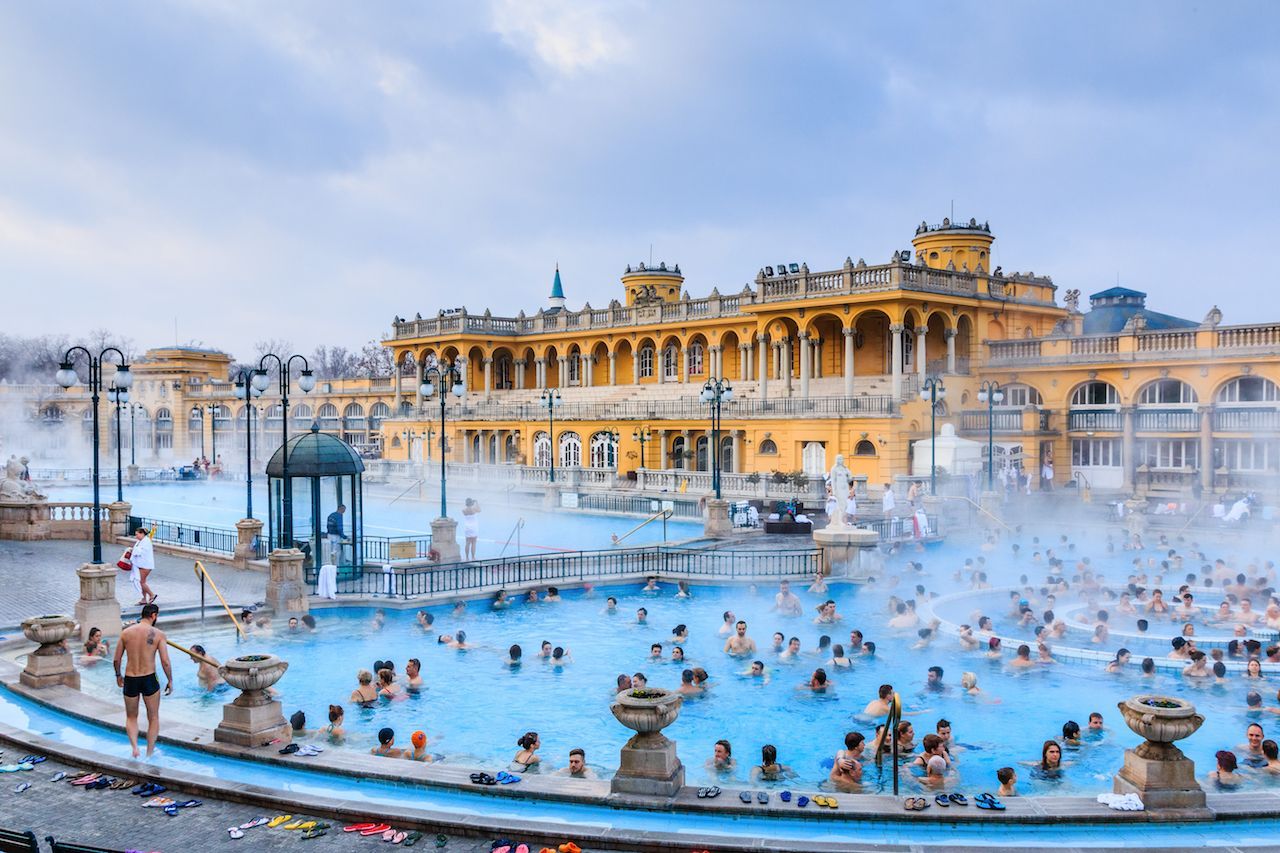Exploring the architectural wonders of Budapest is a journey through history that takes you through various periods and styles, reflecting the city’s rich and diverse heritage. Budapest, the capital of Hungary, is known for its stunning architecture, which ranges from Roman ruins to Gothic and Baroque masterpieces, to Art Nouveau and modernist designs. In this journey, we will explore some of the most iconic architectural wonders of Budapest and delve into their historical significance.
- Buda Castle: Our journey begins with Buda Castle, perched atop Castle Hill on the Buda side of the city. This majestic palace complex has a history dating back to the 13th century. Over the centuries, it has been rebuilt and expanded in different architectural styles, including Gothic, Renaissance, and Baroque. Today, Buda Castle is a UNESCO World Heritage Site and houses the Hungarian National Gallery and Budapest History Museum.
- Fisherman’s Bastion: Just next to Buda Castle, you’ll find the whimsical Fisherman’s Bastion. This neo-Gothic and neo-Romanesque terrace offers panoramic views of the city and the Danube River. It was built at the turn of the 20th century and is a popular spot for visitors to take in the breathtaking cityscape.
- Parliament Building: Cross the Danube River to Pest, and you’ll encounter one of Budapest’s most iconic landmarks, the Hungarian Parliament Building. This magnificent structure is a prime example of Gothic Revival architecture and is one of the largest parliament buildings in the world. Its construction began in the late 19th century and was completed in the early 20th century. The building’s intricate details and the use of red-white limestone make it a stunning sight, especially when illuminated at night.
- St. Stephen’s Basilica: This neoclassical masterpiece is dedicated to Hungary’s first king, St. Stephen. The basilica’s dome offers another opportunity for panoramic views of the city. The interior is equally impressive, with intricate mosaics and sculptures.
- Gellért Hill and Liberty Statue: The Gellért Hill is not only a place for beautiful walks but also home to the Liberty Statue, which commemorates Hungary’s liberation from Nazi rule. The statue is a prime example of socialist realism and is a symbol of freedom and independence.
- Széchenyi Thermal Bath: Budapest is known for its thermal baths, and Széchenyi is one of the most famous. The bath complex, built in the early 20th century, features a stunning neo-Baroque architectural style. Soaking in its thermal waters is a relaxing way to experience Budapest’s history and culture.
- Art Nouveau Architecture: Budapest boasts a wealth of Art Nouveau (Secessionist) architecture. Some notable examples include the Gresham Palace, which now houses the Four Seasons Hotel, and the Museum of Applied Arts. Art Nouveau buildings are characterized by their ornate and decorative facades.
- Contemporary Architecture: Budapest is not just a city of historical architecture; it also has a thriving contemporary scene. The Palace of Arts (Müpa Budapest) and the Budapest Music Center are examples of modern architecture that have become cultural hubs in the city.
This journey through the architectural wonders of Budapest offers a glimpse into the city’s rich and diverse history, from its medieval origins to its modern-day cultural vibrancy. Each building and structure tells a unique story, and exploring them is a way to connect with the past while appreciating the present beauty of this vibrant European capital.


